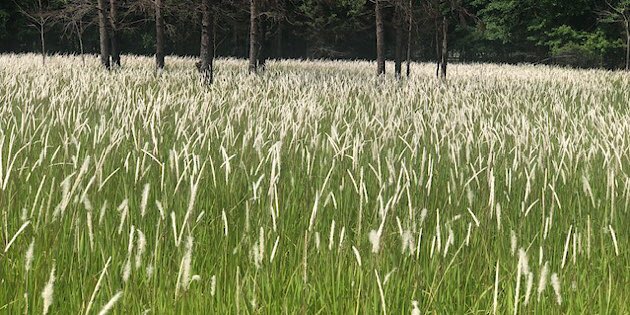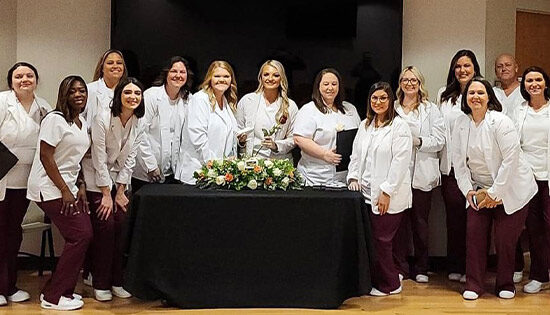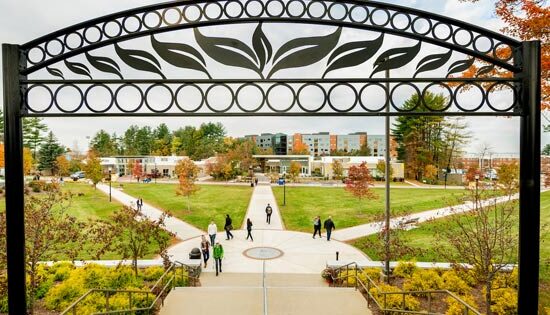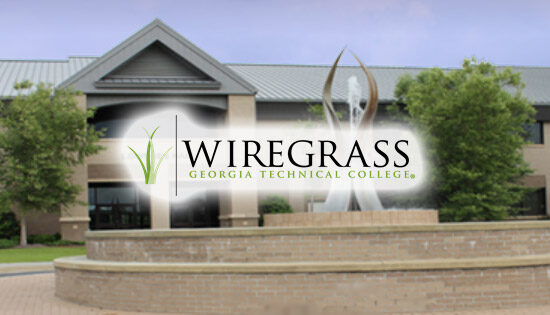VALDOSTA – The Georgia Forestry Commission states that the noxious weed Cogongrass is spreading rapidly across the Southeast.
Cogongrass (Imperata cylindrica (L.) Beauv.), is a very aggressive exotic perennial grass that entered Alabama in 1911 in packing material from Japan. It is on the federal list of noxious weeds and is designated as the world’s seventh worst weed.

Cogongrass is spreading rapidly, reducing forest productivity, destroying wildlife habitat, encroaching on pasture and hay land, and impacting rights-of way. If left unchecked, it can quickly become the dominant understory, choking out desirable vegetation. Dense stands of cogongrass can also destroy wildlife habitat. Cogongrass out competes native grasses and forbs that are important to many threatened species such as the gopher tortoise, Eastern indigo snake, Bachman’s sparrow, Henslow’s sparrow, and bobwhite quail.
What does Cogongrass look like?
The biggest identifying feature of cogongrass is its fluffy, white, plume-like seed heads that appear in late spring or early summer. Cogongrass can initiate flowering at other times of the year in response to a disturbance such as herbicide application, fire, mowing, or the first hard frost. Seed heads range from two to eight inches in length and can contain as many as 3,000 seeds. Each seed has silky, white hairs that blow off like dandelion seeds. Plants vary in height, even in the same patch, from one to four feet. Taller leaves lean over in late summer. Leaves measure one-half to one inch wide and are commonly 12 to 30 inches long. The leaves appear to rise directly from the soil, making the grass appear stemless, but short stems are present. Often the whitish upper midrib of a mature leaf is not centered on the blade, as with most grasses, making identification somewhat easier. Also, leaf margins are rough to the touch due to tiny, saw-like serrations, a common trait of other grasses as well. This rough margin can cut the tongue of a grazing animal, and due to high silica content, cogongrass is a useless forage crop.

Controlling Cogongrass
Cogongrass is commonly spread by contaminated equipment so, when possible, do not work in an infested area. If it is unavoidable, do the contaminated areas last and clean vehicles, equipment, and clothing before moving into an uncontaminated site. Methods for controlling cogongrass may vary according to the rhizome age, mat density, and depth. Young infestations are usually easier to control than are older ones. Many herbicides have been tested to control cogongrass, but only the active ingredients “glyphosate” or “imazapyr” have much effect. Both of these herbicides may cause injury to non-target plants. With all herbicides, follow the label directions carefully. Controlling cogongrass can be quite difficult. Since it is found around homes, on public properties, paved and earthen roadways, forestland, stream banks, and farmland, there are not any generic recommendations for control. Recommendations should be site specific and considerate of the surroundings.
Please contact your local Georgia Forestry Commission County Unit if you think you have seen Cogongrass!
For more information, please visit:
https://www.nrcs.usda.gov/Internet/FSE_DOCUMENTS/nrcs141p2_021449.pdf.
Georgia Forestry Commission: www.gatrees.org.
Identifying and Controlling Cogongrass in Georgia: http://www.cogongrass.org/cogongrasspub.pdf.











